Join the VIP Teacher Club!
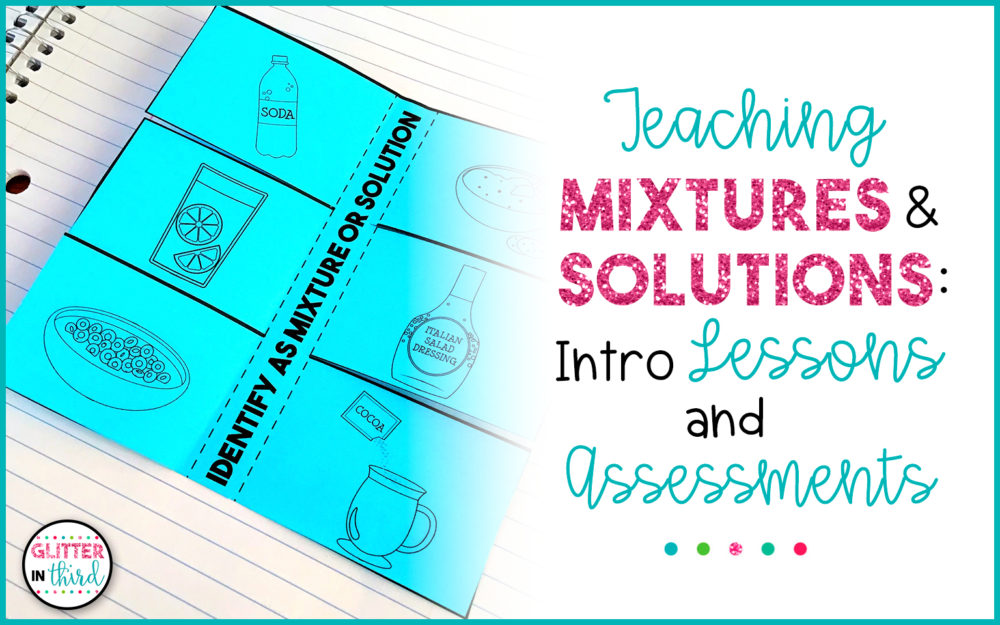
Looking for mixtures and solutions activities?
Mixtures and solutions is probably one of those units your students know nothing about in the beginning, but by the end is one of their very favorites!
Teaching mixtures and solutions can be such a fun, hands-on unit for your class.
Like any subject there are definitely some challenging concepts to catch on to, but by incorporating hands-on activities and lessons that catch their attention from the very beginning, there’s no doubt mixtures and solutions will be one they always remember. 🙂
This post is going to give you several introduction lesson ideas, assessment resources, as well as other activities to use all throughout your mixtures and solutions unit.
Also, don’t forget to check out my blog post on science curriculum mapping – click here to read.
You and your students are going to have a ball!
You’ve probably been told a time or two that a mixture is made up of multiple things that can be separated individually, and a solution you can’t easily separate.
There are definitely some vocabulary terms you’re going to want to establish in your unit to get your students up to speed:
Here are some ways you can introduce your unit to help make these vocabulary terms come to life:
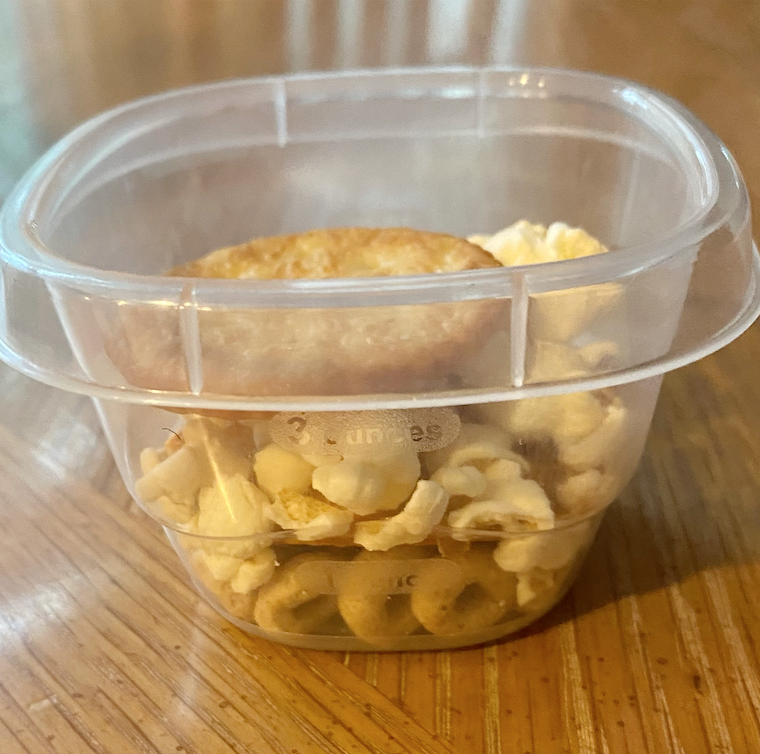
Is there a better way to introduce a unit than with snacks and drinks?
I don’t think so. 😉
To simulate creating a mixture, bring ingredients to build a snack mix with your class.
Pretzels, M&M’s, Chex cereal, Cheerios – whatever combination you and your class prefer!
Discuss with your students the idea that the mixture contains 2 or more things and that they don’t ever change their composition or chemical makeup by combining them.
You can also explain that when you scoop out a cup of snack mix, there are unequal parts to the mixture.
Have your students each take a cup and separate the ingredients they were given.
Some students may have gotten more pretzels, while others may have gotten more M&M’s!
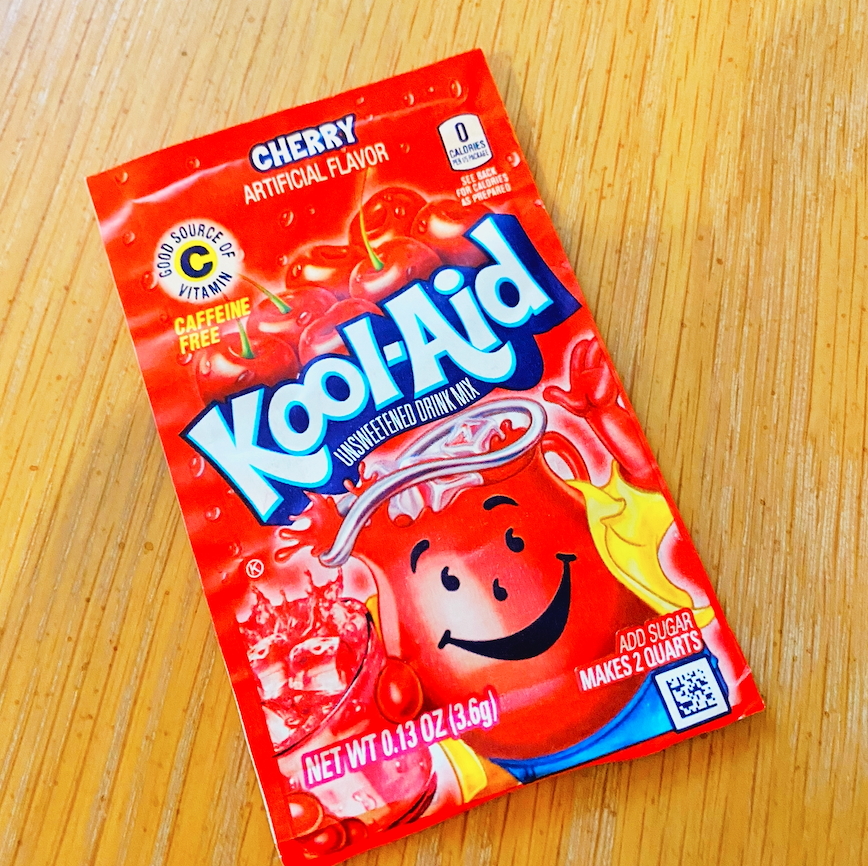
To prepare your solution, get a pitcher of water, 1 packet of Kool-Aid mix, and granulated sugar – measure the sugar with your heart!
I recommend preparing the solution in a clear pitcher or container if you have one so that your students can see what’s happening inside.
Start by dumping in your cup of sugar to your pitcher of water.
Don’t stir anything until the very end of your experiment!
Then add the packet of Kool-Aid powder.
Discuss with your class what you’re seeing – the sugar has probably settled at the bottom of the pitcher, while the Kool-Aid mixture has turned the water the color of the Kool-Aid.
Finally, stir the water, sugar, and Kool-Aid mixture.
This will represent the solute and solvent creating a solution.
When the students each get a cup of the solution now, they will be able to taste equal parts of all the things combined!
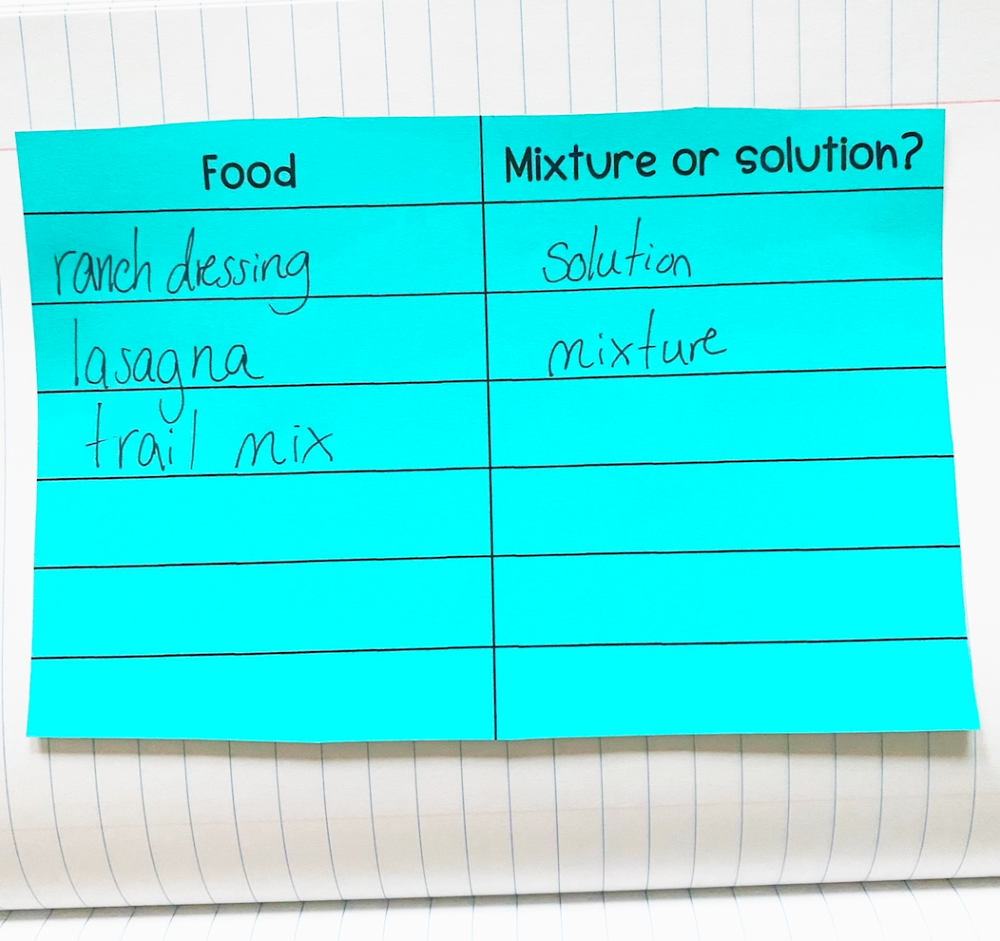
As another intro idea to your mixtures and solutions unit, have your students look over some of the contents in their fridges at home.
Have them make and record a hypothesis of what they believe some of the foods or condiments are in their fridges.
Is ranch dressing a mixture or solution?
How about the tater tot casserole?
Or the soup they had last night? 🙂
The students can make their hypotheses at home, bring them back to school, and discuss their findings as a class to determine what foods are mixtures and which are solutions!
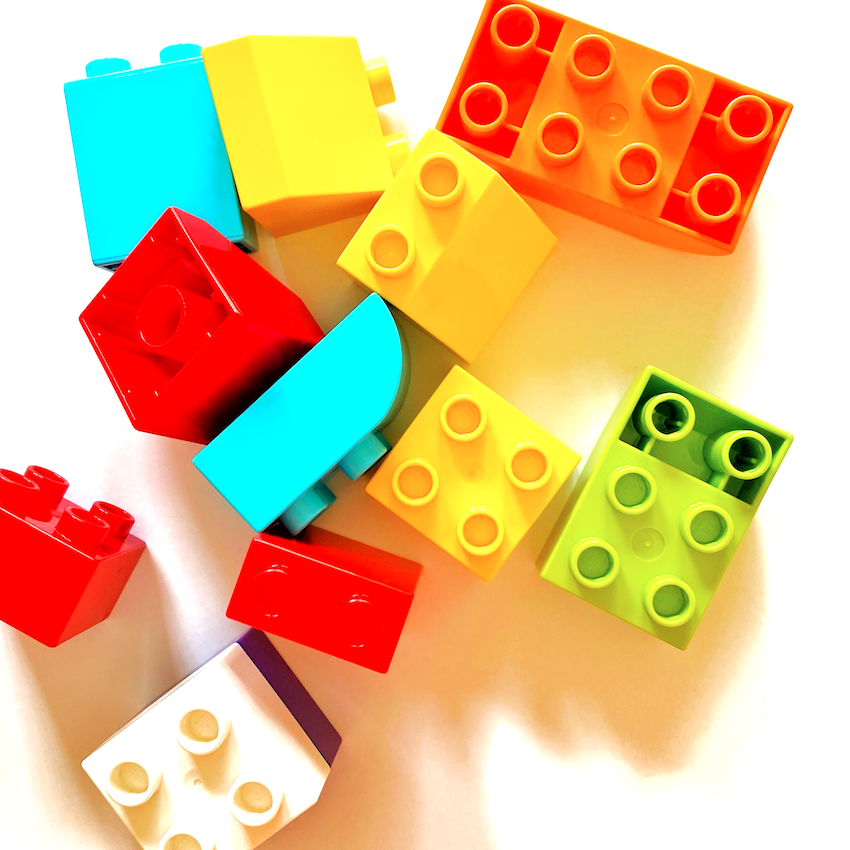
I find it important for your students to realize that mixtures and solutions are more than just foods.
One way to explain this is by having your students create mixtures of small manipulatives you have in your classroom.
For example, set out different containers of dice, bingo chips, Legos, base ten units – whatever small manipulatives you may have or are able to borrow for this lesson.
Then have your students create their own mixtures!
This can be as simple as having them take a handful from each container and piling them together at their desk.
This is similar to the snack mix activity – there are unequal parts to the mixture.
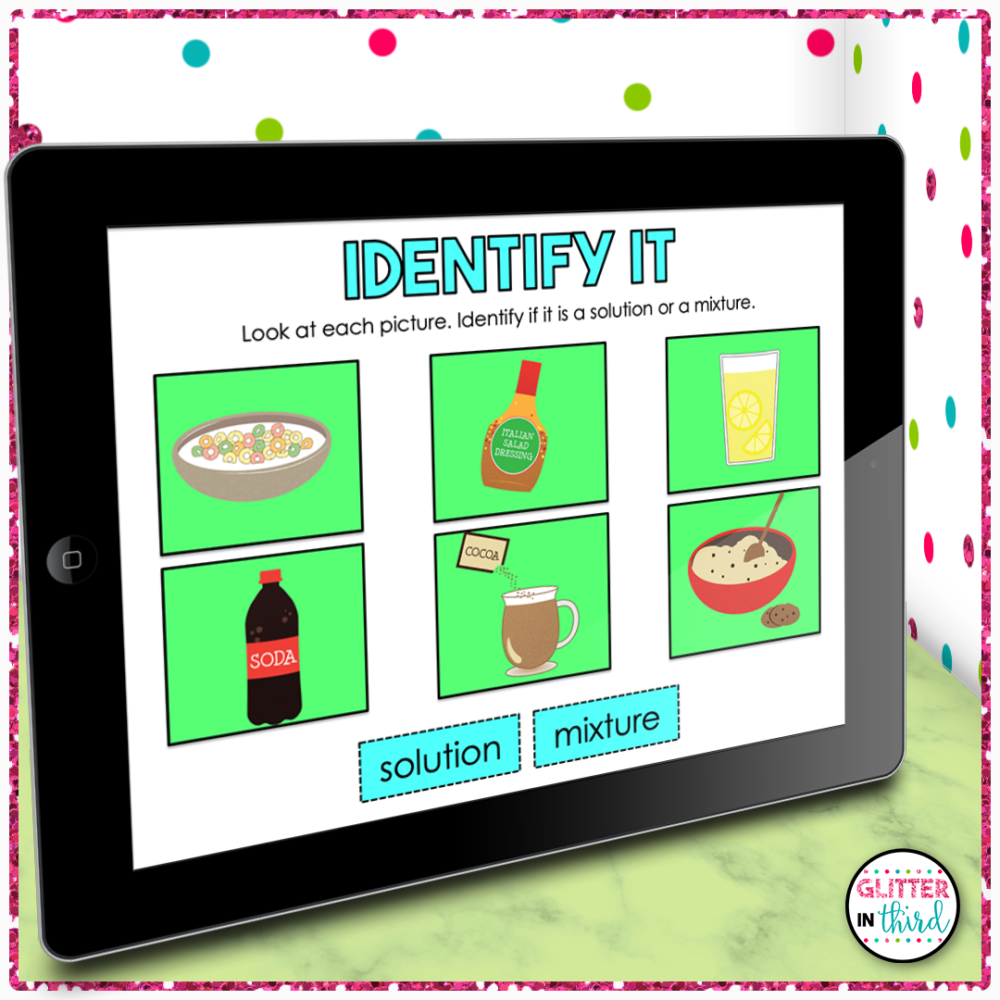
To keep your mixtures and solutions unit fun and interactive, I always suggest using assessments that your students won’t feel like are assessments. 😉
This Google Classroom resource includes vocabulary work, sorting examples of mixtures and solutions, venn diagrams, short answer questions, and so much more!
Of course you don’t have to use this resource as an assessment – it can be a great tool for quick homework assignments or even group work, too!
If you’d like to see pictures, as well as a more in-depth explanation of the resource, you can find it here!
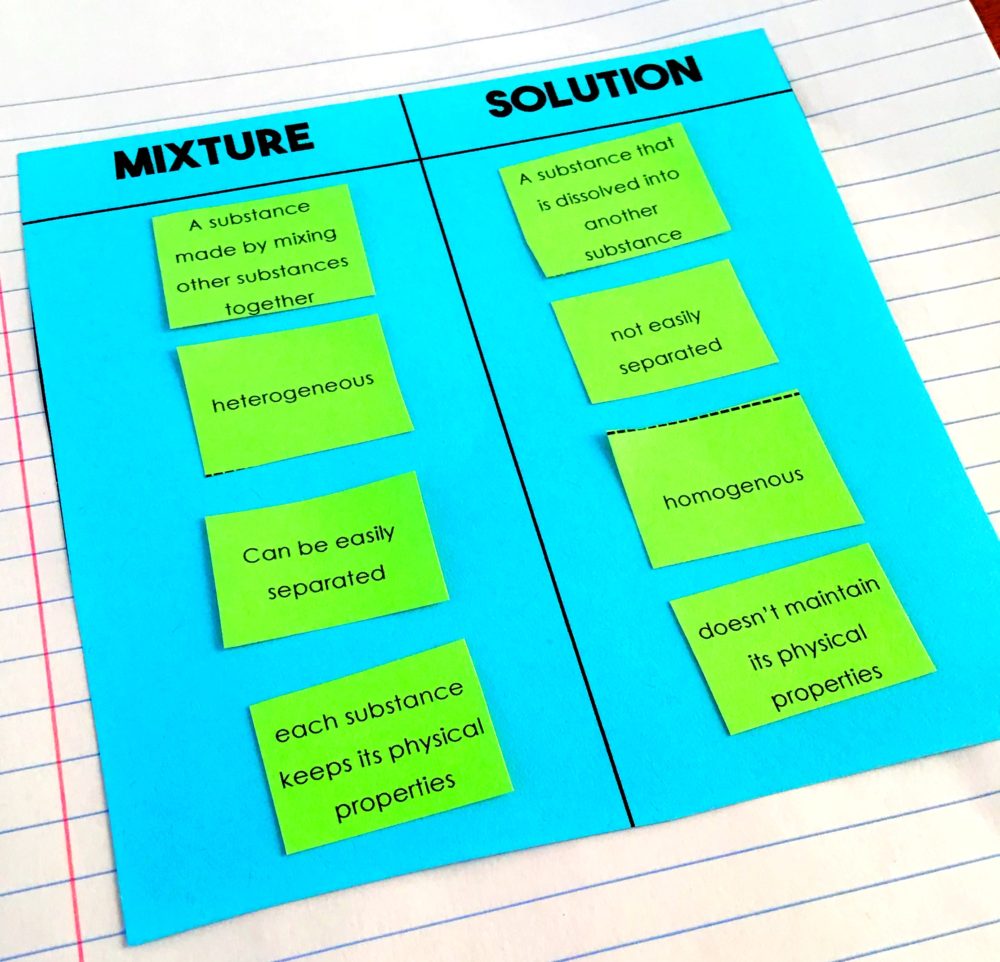
Another option you can use as an assessment or supplemental activity is this mixtures and solutions interactive notebook.
It focuses on vocabulary, critical thinking questions, as well as identifying given items as mixtures or solutions.
It also comes with 3 levels of differentiation and answer keys so you’re prepared no matter how you decide to use it in your unit.
You can check out a preview of it here!
I always felt like my students did some of their best work when they felt they weren’t taking a test, but could enjoy completing their interactive notebooks at a level that best suited them. 🙂
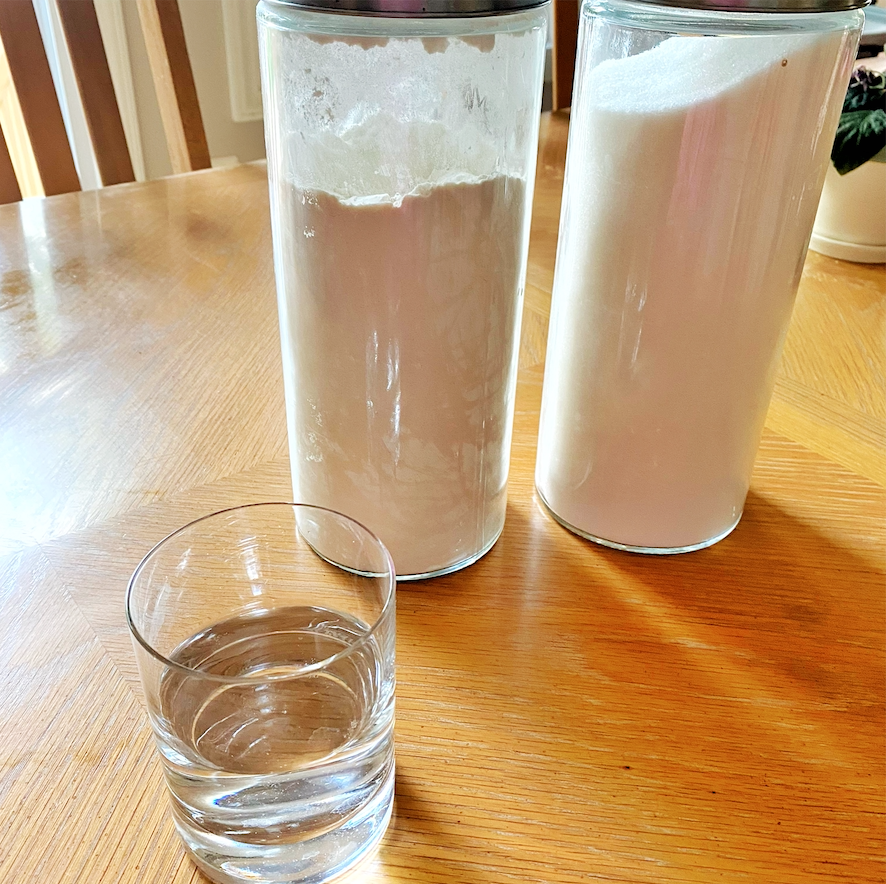
Lastly, to add to your list of interactive mixture and solution activities – water experiments!
This will help your students understand that mixtures aren’t just solid objects put together, and solutions aren’t just liquids.
Conduct experiments by adding different substances to small glasses of water to see what dissolves and what doesn’t.
Be sure to use clear, plastic cups or glasses!
Have your students make a hypothesis, record their observations, and determine an answer.
Some of the things you can mix your water with can be flour, food coloring, sand, sugar, paint – whatever you think!
Your students will be surprised when they see that not everything dissolves in water, that some liquids can actually be mixtures instead of solutions!
I hope you leave this post with tons of mixtures and solutions activities and ideas for your science unit!
Your students will quickly become obsessed with hands-on learning and you’ll have a classroom full of scientists by the end of your unit. 😉
Happy learning!

Hey there, I’m Kelly! I I love helping teachers save time with technology and resources so they have more hours in the day to spend with family and friends. Take a look around to find new ideas that you can implement in your classroom today!